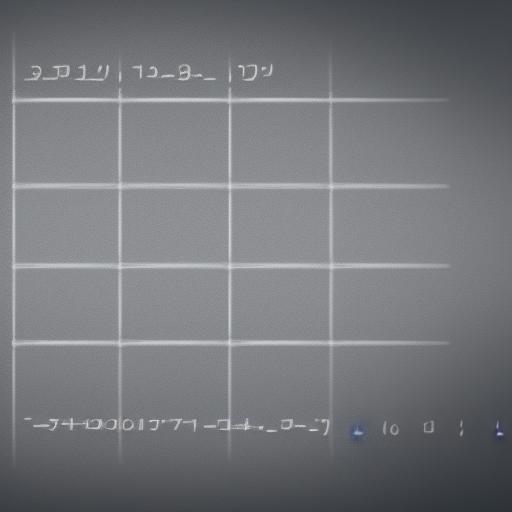In the dynamic landscape of web development, data interchange plays a pivotal role, and JSON (JavaScript Object Notation) stands out as a ubiquitous and versatile format. This blog post delves into the essence of JSON, shedding light on its structure, applications, and significance in modern web development.
Understanding JSON:
Lightweight Data Interchange:
- JSON is a lightweight, text-based data interchange format. Its simplicity and human-readable syntax make it an ideal choice for transmitting data between a server and a web application.
- Syntax Overview:
- JSON data is represented as key-value pairs, where keys are strings and values can be strings, numbers, booleans, arrays, objects, or null. The structure is reminiscent of JavaScript object literals, fostering easy comprehension.
{
"name": "John Doe",
"age": 30,
"isStudent": false,
"hobbies": ["reading", "coding", "traveling"],
"address": {
"city": "Exampleville",
"country": "JSONland"
}
} Versatility Across Languages:
- JSON’s design is language-agnostic, making it compatible with various programming languages. Its interoperability facilitates seamless communication between different components of a web application.
Applications of JSON:
Web APIs:
- JSON is the de facto standard for data exchange in web APIs. APIs often transmit data in JSON format, allowing developers to retrieve and manipulate information from external services effortlessly.
Configuration Files:
- Many applications use JSON for configuration files due to its simplicity and readability. This enables developers to configure settings and parameters in a structured and easily understandable manner.
Client-Server Communication:
- In client-server communication, especially in web development, JSON plays a crucial role. When a client sends data to a server or vice versa, it’s commonly formatted as JSON, providing a consistent and standardized approach.
Data Storage:
- JSON is frequently employed for storing and exchanging data within a web application. It serves as a flexible and efficient medium for representing complex data structures.
JSON vs. Other Data Formats:
JSON vs. XML:
- In comparison to XML, JSON is more concise and readable. Its lightweight structure and ease of parsing make it preferable for modern web applications. JSON’s simplicity aligns with the trends in web development.
JSON vs. CSV:
- While CSV (Comma-Separated Values) is suitable for tabular data, JSON accommodates hierarchical and nested structures, making it more versatile. JSON’s ability to represent complex relationships is advantageous in diverse data scenarios.
Conclusion:
JSON stands as a cornerstone in the realm of web development, providing a universal language for data interchange. Its simplicity, versatility, and widespread adoption make it an integral part of web APIs, configuration files, client-server communication, and data storage. As web development continues to evolve, JSON remains a steadfast and indispensable tool, facilitating seamless communication and data representation across a myriad of applications.

Leave a Reply